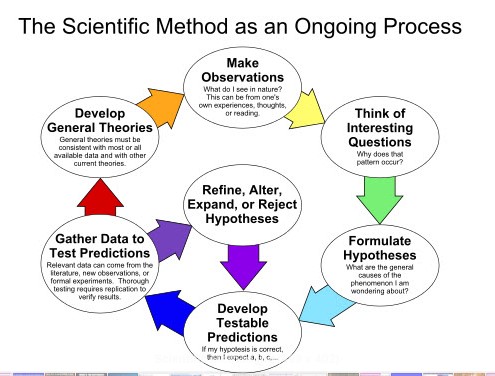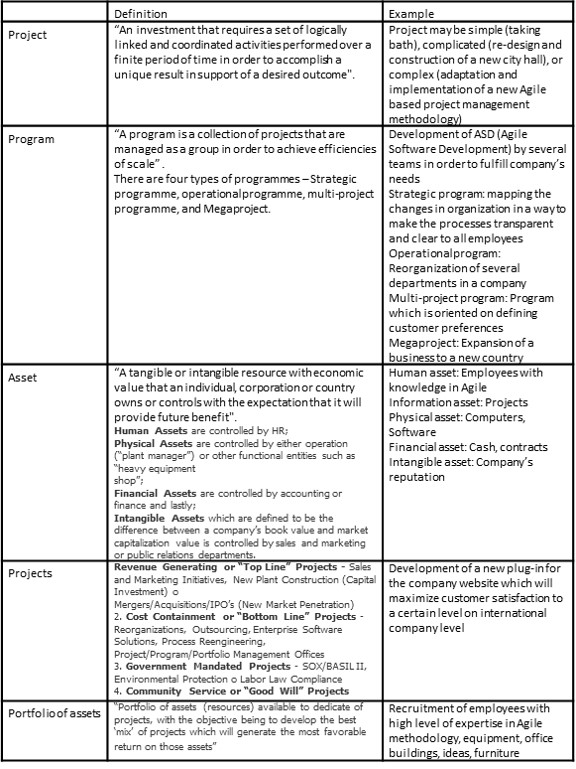STUDENT PAPER
By Sergey Musatov
SKEMA Business School
Paris, France & Russia
ABSTRACT
Agile method, as people say now, has been around for thousands of years. Agile Manifesto has been distributed in 2001, setting up standards and estimations of another undertaking the board technique, contradicted to conventional cascade methodologies.
This paper presents another method for acknowledging inside contracts with the end goal to fit Agile projects. Several techniques will be proposed, examined and compared. We will see that the most proficient method of choosing appropriateness of a contract is to keep up with the base criteria’s and do not sacrifice flexibility.
Keywords: Contract type, Agile, methodology, time consumption, efficiency, collaboration, cost cutting, flexibility, collaborative approach, benefits
INTRODUCTION
Trading is a main consideration in the financial advancement of any nation on the planet. Almost any country in the world is involved in some kind of trading experience. In any case, it was an exceptionally troublesome procedure of framing great relations. A standout amongst the most imperative features of trading is the drafting of a contract before starting any project.
At the same time with this, a so-called method of “Trial and Error” method has been around for over a million years, dating back to when our forefathers tamed fire or 6000 years ago when they invented the wheel. In the 12th century, it became known as the “Scientific Method” and was used by Bell to invent the phone and Edison to invent the lightbulb, years passed, and it became known as Agile.
The illustration below perfectly describes the ongoing process of “Scientific method”.

Figure 1. The Scientific method as an Ongoing Process[1]
But before, going deeper into the topic, here is a table with several necessary definitions provided, and which will be used further.

Table 1. Definition and examples of the Guild terms[8]
So, a contract for quite some time, have been viewed as settled instruments with clear orders and serious punishments for not respecting the terms. For a considerable length of time, there was steadfast unbending nature in the terms in which contracts were arranged, created and oversaw. The thought was for the gatherings to perceive legally binding composed commitments as settled, with clearly defined rules of performance and the need in undeniable obedience to the terms. As a rule, the value, volume and term of the agreement were obviously characterized, and had to be followed.
More…
To read entire paper, click here
Editor’s note: Student papers are authored by graduate or undergraduate students based on coursework at accredited universities or training programs. This paper was prepared as a deliverable for the course “International Contract Management” facilitated by Dr Paul D. Giammalvo of PT Mitratata Citragraha, Jakarta, Indonesia as an Adjunct Professor under contract to SKEMA Business School for the program Master of Science in Project and Programme Management and Business Development. http://www.skema.edu/programmes/masters-of-science. For more information on this global program (Lille and Paris in France; Belo Horizonte in Brazil), contact Dr Paul Gardiner, Global Programme Director paul.gardiner@skema.edu.
How to cite this paper: Musatov, S. (2019). Which contract type is the most appropriate for Agile projects? PM World Journal, Vol. VIII, Issue VI, July. Available online at https://pmworldlibrary.net/wp-content/uploads/2019/07/pmwj83-Jul2019-Musatov-most-appropriate-contract-type-for-agile-projects.pdf
About the Author

Sergey S. Musatov
Dolgoprudny, Russia
![]()
Sergey Musatov, bachelor’s degree in management from Russian Plekhanov University of Economics (Moscow), is a current SKEMA Business School MSc student (Paris). Driven by genuine interest in Project management, he has chosen Project and Programme Management & Business Development (PPMBD) as his major for postgraduate studies.
The experience of project leading at several international companies as well as running his own entrepreneurial project has nourished his desire to achieve expert excellence in project management. Sergey has done his bachelor end-of-studies at Robert Bosch GmbH Russian HQ. Then, in parallel with studies at the first year of Master, he spent 7 months as a PM at Russian Leroy Merlin HQ. His successful entrepreneurial project was dedicated to 3D printing.
During his studies at SKEMA Business School Sergey has obtained certifications in AgilePM Foundations, Lean Six Sigma Yellow Belt and Project Excellence Preparation. All the above justifies that Sergey presents a motivated and promising profile with international outlook.
Sergey can be contacted via mail: sergey.musatov@skema.edu
[1] By Dr. Paul D Giammalvo
[2] Duncan, W. R. (2018, January 13). Bill Duncan on LinkedIn: “Once more into the breach … what exactly is a “project”? Retrieved from https://www.linkedin.com/feed/update/urn:li:activity:6357416976318558208/
[3] Forrest, D., Williams, J., LeServe, M., Dua, M. R., Giammalvo, D. P. D., Pope, R., … Yasir, R. (n.d.). GPCCAR M01-1 Introduction to managing project controls, Revision 1.02. In GUILD OF PROJECT CONTROLS COMPENDIUM and REFERENCE (CaR).
[4] Forrest, D., Williams, J., LeServe, M., Dua, M. R., Giammalvo, D. P. D., Pope, R., … Yasir, R. (n.d.). GPCCAR M01-1 Introduction to managing project controls, Revision 1.02. In GUILD OF PROJECT CONTROLS COMPENDIUM and REFERENCE (CaR).
[5] Forrest, D., Williams, J., LeServe, M., Dua, M. R., Giammalvo, D. P. D., Pope, R., … Yasir, R. (n.d.). GPCCAR M01-1 Introduction to managing project controls, Revision 1.02. In GUILD OF PROJECT CONTROLS COMPENDIUM and REFERENCE (CaR).
[6] Forrest, D., Williams, J., LeServe, M., Dua, M. R., Giammalvo, D. P. D., Pope, R., … Yasir, R. (n.d.). GPCCAR M01-1 Introduction to managing project controls, Revision 1.02. In GUILD OF PROJECT CONTROLS COMPENDIUM and REFERENCE (CaR).
[7] Forrest, D., Williams, J., LeServe, M., Dua, M. R., Giammalvo, D. P. D., Pope, R., … Yasir, R. (n.d.). GPCCAR M01-1 Introduction to managing project controls, Revision 1.02. In GUILD OF PROJECT CONTROLS COMPENDIUM and REFERENCE (CaR).
[8] By author









